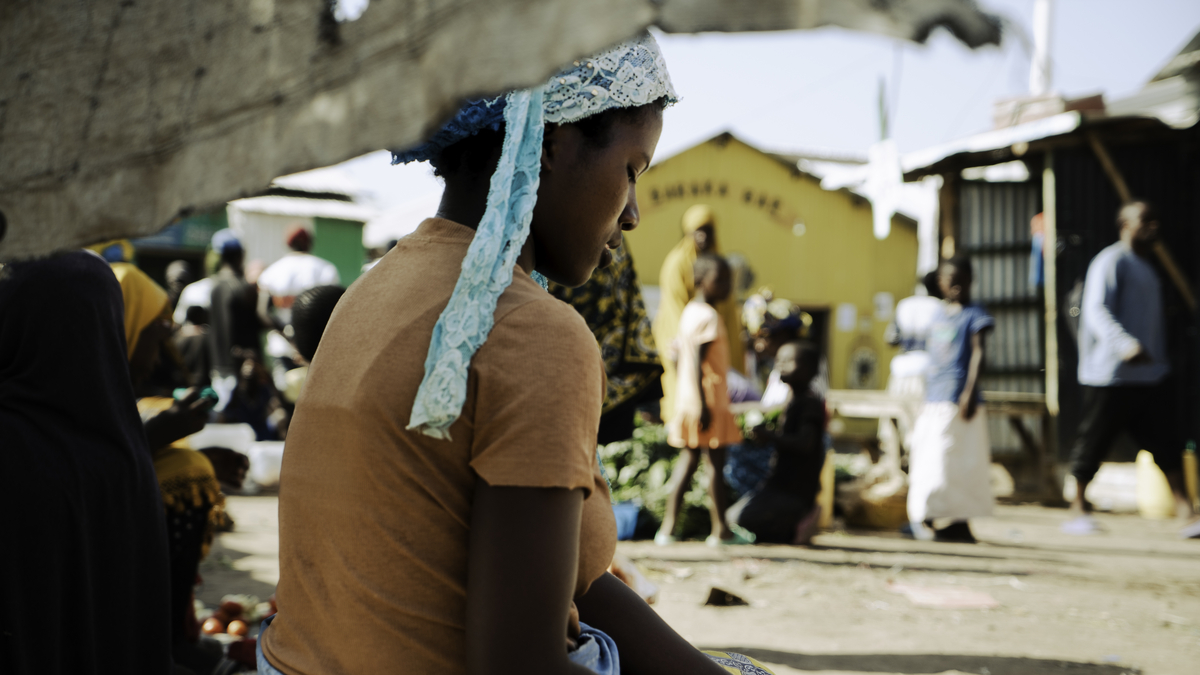How African Cities are Managing Climate-induced Migration

This information page explains how secondary cities in Sub-Saharan Africa are addressing the integration of people displaced by climate change and working to mitigate its effects. The global increase in displacement, with around 80 million people displaced worldwide, has led to more individuals moving due to climate-related factors. Approximately 23.1 million people were displaced due to weather-related events from 2010 to 2019, including droughts, floods, and rising sea levels.
These climate migrants tend to move to nearby urban or peri-urban areas due to the trend of urbanisation. However, many of these destinations lack resources and struggle to provide services for their growing populations. Despite the difficulties, secondary cities in Sub-Saharan Africa are taking steps to integrate climate-displaced individuals, recognising their potential for local economic growth and aiming to counteract the long-term impacts of climate change. These cities are acting promptly because, without proper environmental planning, the projected urbanisation in the region over the next three decades could worsen climate change and increase risks in both urban and rural areas, leading to further displacement.
Abstract based directly on source.


Comments